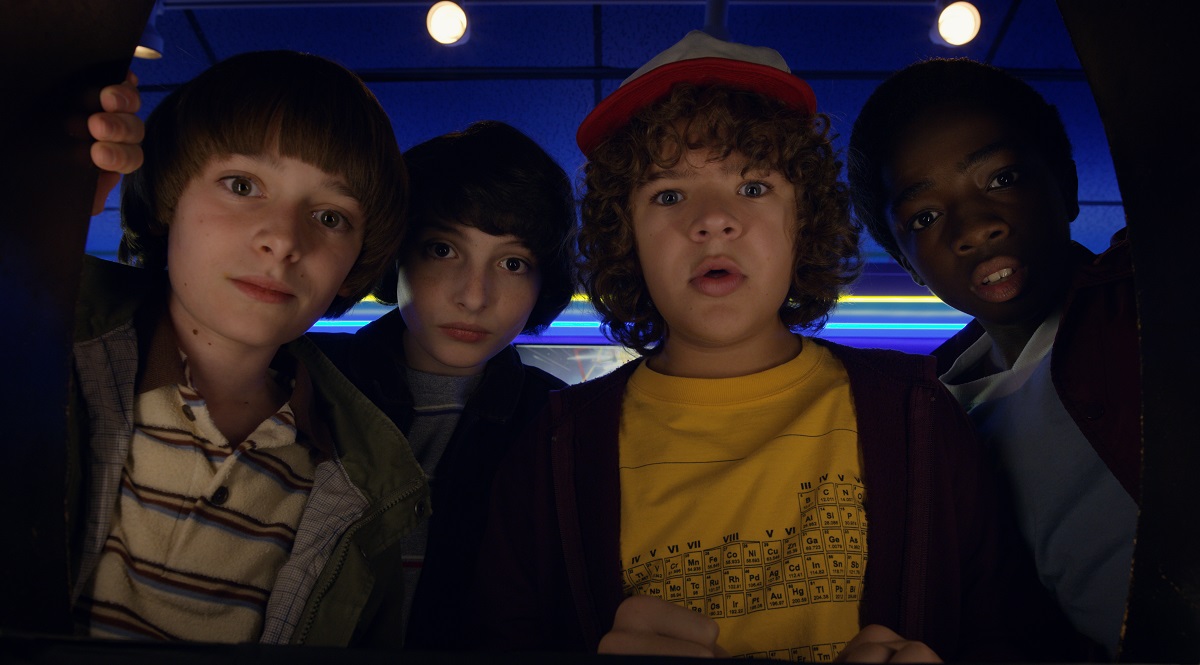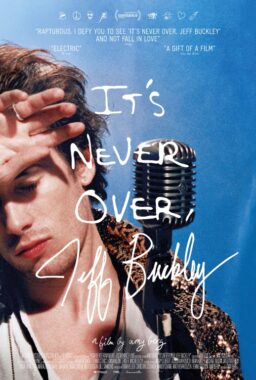How do you follow-up a phenomenon? How do you engineer lightning striking twice? In today’s increasingly crowded Peak TV landscape, it feels like sophomore slumps are harder to avoid than ever, and there’s a lot of pressure on Netflix and the Duffer Brothers to recreate the worldwide buzz attained by 2016’s breakthrough hit when “Stranger Things 2” launches this Friday on the streaming service. The first hint at their approach is right there in the unique title. This is not just another season—it is arguably the dominant Hollywood product of the ‘80s, the era that so influences this show, a blockbuster sequel. And the most obvious parallel here is one the brothers have mentioned in interviews: James Cameron, and, most specifically his work on “Aliens.” “Stranger Things 2” doesn’t just cast Paul Reiser in a suspicious authority role but it expands on so many of the themes, ideas, and even set pieces of the first season that the “Aliens” to “Alien” parallel becomes impossible to ignore. Yes, a show that was primarily influenced by the Stephens (King and Spielberg) is layering that nostalgia cake with a frosting of James Cameron. Fans are going to eat it up.

Netflix is understandably wary about spoilers, and much of the joy of “Stranger Things” is in watching how it unfolds narratively, so I’ll be very cautious about spoilers. To start, “Stranger Things 2” feels a great deal like its predecessor. Once again, nostalgia is a MAJOR part of the narrative of the show, and it’s even less subtly so in the first two episodes of this new season than it was the first. Remember arcades and games like “Dig Dug”? Remember “Ghostbusters”? You loved that, you’ll love this! If the nostalgia aspect of season one frustrated you, be warned the volume has not been turned down in season two, at least to start. The overwhelming wave of the past seems to pull back a bit in about episode three (of nine this season) when the show becomes more of its own defined thing, but even the casting this season taps that vein. It’s not just Reiser. Who do you cast as a love interest for Winona Ryder in a show that’s been compared to “The Goonies”? Sean Astin, of course.
While the nostalgic stunt casting is fun (and both Reiser and Astin are quite good, for the record), “Stranger Things 2” doesn’t lose its focus on the kids of Hawkins, Indiana. The quartet of boys—Mike (Finn Wolfhard), Dustin (Gaten Matarazzo), Lucas (Caleb McLaughlin), and Will (Noah Schnapp)—is still the beating heart of this show, and it’s essential that theirs are the most prominent and developed characters this season. Mike is broken over the still-missing Eleven (Millie Bobby Brown); Will is deeply traumatized from what happened in season one and working with a new doctor, played by Reiser, to define exactly how tied he remains to the Upside Down; and Dustin and Lucas get well-developed interesting subplots as well, which I won’t spoil. Tossed into this young-male mix is “Mad” Max (Sadie Sink), a new redhead in town who first dismisses but becomes involved with the Scooby gang of the show. Of course, Winona Ryder returns—again mostly concerned about her son’s fate and with a similar aesthetic of house remodeling in the way she tries to communicate with him—and David Harbour is even better this year than he was last, particularly in the final episode.
There are other new characters, new subplots, and even new monsters, but “Stranger Things 2” undeniably echoes the first season to a degree that could turn off some viewers hoping for something different. Many of the themes, villains, and even character arcs recall what happened last year, to the degree that the disappearance of Barb even returns as a major plot point. Should the Duffer Brothers have distanced themselves more from the first year and done something completely new? Once again, if we consider the Cameron model, the answer is obviously no. Hit sequels like “Aliens” and “T2: Judgment Day” very consciously echoed the films that came before them, and we didn’t seem to care. It’s the execution of the very ’80s “bigger/faster/more” aesthetic that matters.
To be fair, that execution isn’t flawless. There are times when the new “Stranger Things” feels over-crowded and sometimes clunky. Through much of the season, many characters are divided into different subplots. So, as Dustin is dealing with something unexpected, Jonathan (Charlie Heaton) and Nancy (Natalia Dyer) are off on another subplot, and, oh yeah, Steve (Joe Keery) is still around looking for something to do, and so on, and so on. There are times when the “more” aesthetic of “Stranger Things 2” verges into “cluttered.”
Of course, with everything like this that divides 15 characters into various subplots, the key is in how the shows cleans up that clutter, and ties its characters back together in the finale. And, man does “Stranger Things 2” stick the landing. The season finale is just excellent, finding surprising grace notes for some of its most beloved characters (Matarazzo and Harbour have never been better). Again, some will argue that it’s too reminiscent of the first season finale, but the stakes feel higher, the emotions more powerful, and the danger more prominent. And I realized watching the finale that all of these young actors have matured wonderfully along with the show, finding more subtle layers to their characters. I was reminded of watching the cast of the Harry Potter films as they grew up in the public eye as I watched Brown, Wolfhard, and Matarazzo and others. There’s not a weak link in the cast, and several very strong ones. And, like I was with Daniel Radcliffe, Emma Watson and Rupert Grint, I’m eager to see where the “Stranger Things” kids go next. I’m sure Netflix hopes they go for just as long as the Potter films did. I wouldn’t have guessed it last year, but I think they might after “Stranger Things 2.”












